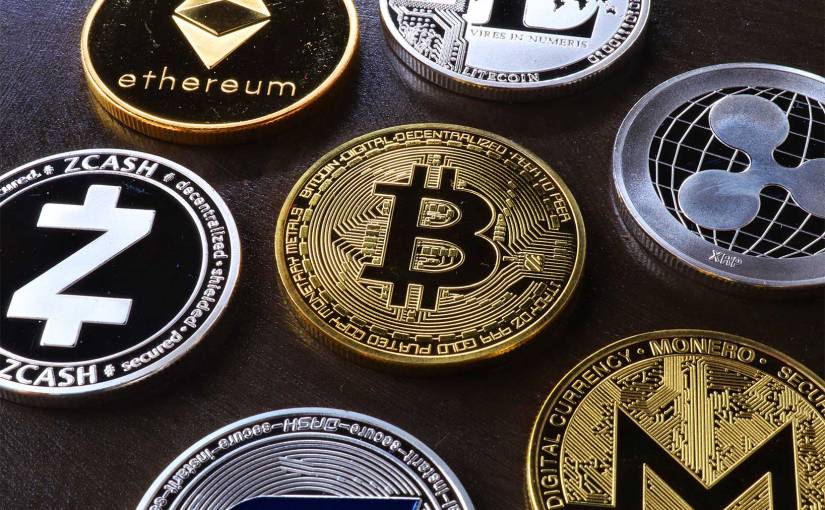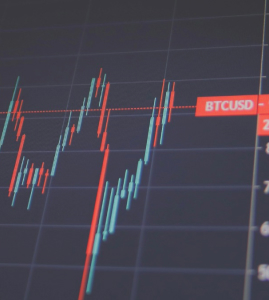Cryptocurrency is indefinitely the hot topic in the market. Everyone is looking for ways to do their research and start investing in the market. And why not? When you have heard so many stories about how people have made double, triple, quadruple, or even more money out of it, then you would also definitely want to try your hands there.
But what factors or pre-game preparation do you need before you start investing in Cryptocurrency? Reading about the terminologies is one thing, but what comes after that? It is learning about them.
Crypto is an investment just as valuable as an asset. And before investing, you must be well versed in the situations that define its value, or more precisely, when to sell or buy the Cryptocurrency. Since Cryptocurrency is not run by a particular regulatory body, it becomes somehow tricky yet very important to research the market thoroughly and stay up to date with the current news and events happening.
Understanding Euphoria and Despair Stage
Just like we have the Bitcoin season and the Altcoin season, we have euphoria and despair stages. Before proceeding further, let us understand these terminologies quickly.
Euphoria stage: No, this is not an Enrique Iglesias album we are talking about. Just like we have ups and downs in the share market, the Euphoria stage is the rise of Cryptocurrency. This is the time when you want to be selling. The reason is very simple; when the prices are high, you will be making profits.
Despair stage: I know how smart my readers are, and most of you must have understood what the despair stage means. But let’s have a quick glimpse. The despair stage is when the prices go down or fall down. Since the prices are at their low, it is the best time to buy and invest in Cryptocurrency.
Now how would you know if it’s the euphoria stage or despair stage? There is a reliable website by the name of Glassnode where you can find a chart that will give you all the required information that you need to make the right decision.
After having a basic understanding of what the euphoria and despair stages are, let us now move to understand what fundamentals support the buying and selling of Cryptocurrency. Whether you are an intermediate or an expert, you must have a few of your own theories that might help you in supporting the decision. But those theories may or may not always prove to be beneficial. To make a rigid decision, you must be well-versed in all the facts and news updates related to the subject.
Fundamentals To Keep In Mind While Buying Or Selling A Cryptocurrency
Just as buying is an important decision, in the same way, selling is also a crucial part. Before buying a Cryptocurrency, you must look for various factors to support your purchase. In the same way, while selling Crypto, you must be well-informed about all the factors and situations that might help you ease the process. So let us understand a few of the fundamentals you must consider before buying or selling a Crypto coin.
Technical Analysis: Whether you are buying a Cryptocurrency or any shares, the calculation is crucial in both cases. Now, what do you need to calculate? How many coins should you buy, and at what price? Or when should you buy a particular coin? There is a technical analysis you should conduct beforehand to keep yourself safe from losses or mishappenings.
Technical analysis uses mathematical indicators to estimate the trends in the market to learn how the market works and what factors will be responsible for future price changes. When you are studying a pattern of the prices going up or down, there are numerous factors that we look up to. Also, there are three assumptions that back technical analysis. Let’s have a quick check on those:
The Three Assumptions Of Technical Analysis
Price moves in a pattern: Regardless of the timeframe you have set or followed, the price will always fluctuate and exhibit trends even when the market movements are random and not fixed.
The green and red marks indicate the candlesticks in the graph. Their purpose is to show the direction of the price and the trend pattern it is following. Like any other subject matter, prices are also said to follow a trend. The future price movement can simply be judged by looking closely at the established or ongoing trends. The price trend could be in any direction, downwards, upwards, or even sideways (to the right).
The market discounts itself: Different Cryptocurrencies have different prices. But have you ever wondered why it is so? It is because of their utility and demand. But what hides in this assumption is that everything that could affect the price of a coin is reflected in the price itself. The price determines everything you need to know about a Crypto asset. If you closely observe the price of the coin, you do not need to look at other factors.
For instance, you see the price of a particular coin decreasing continuously. You can use the information in the chart, like the candlesticks, to determine to what extent the price will fall. This can give you a rough estimate of whether or not you should invest in the coin.
The market has a repetitive nature: We have heard a lot of philosophers and books talk about how history repeats itself. But is that only true with relations? Not necessarily. Even in Cryptocurrency, history repeats itself as the market has a repetitive nature. This means that you can analyze future price movements by looking at the previous patterns. The future patterns may not always be exact, but they can be somewhere around the previous ones.
The Logic Behind It?
There is a logic behind that states this point. It is seen that when 75% or 1/3rd of the market is at a profit, the graph will not remain constant for a long time. It is seen and observed that the market’s value will go down after seeing such a profit. This can be because when the investors see the market value going up, they see it as a potential point to sell their coins and stand out from the market. When a large group of investors follows the same protocol, this takes the market to the downside.
Continuing With The Fundamentals
Whales – These are not the mammals we are talking about. In the Crypto market, we have whales who are also known as big investors. Any action or reaction from a whale can totally change the entire game. There is nearly 1% of whales present in the whole market. One percent may seem a short number, but in reality, it is not. A whale can fluctuate prices in a way that if they make a large transaction, such as selling a large portion of their holdings. Then the ‘whale watchers’ would follow the same thing and sell their portions as well. This can lead to a downfall in the price of the coin.
In the same way, if a whale buys a large portion of a coin, the ‘whale watchers’ would also think about investing in the same coin. The whales’ decisions may or may not always be accurate, but we have a tendency to follow the actions done by a recognizable personality.
Research – This is the most important fundamental you must follow before buying or selling a Crypto. Research is the key. Have a look at the previous data and do thorough research as many times as you can. If you are taking your initial steps into something new, you will make sure to be well-informed in advance.
Research is important not only when you are buying Cryptocurrency but also when you are selling it. To buy at the lower prices and to sell at the high prices – this is the key. You must always do a background check of the coin you are willing to invest in. By background check, I mean looking at the previous records that state their previous success, failures, engagement, and utility.
Conclusion
Though Crypto is a hot topic in the market, you should not just jump without knowing all about it. The profits may be huge, but the losses can also be immense if not analyzed properly. If you are new to Crypto, I hope this article helps you with making decisions.
Featured Image Credit: Provided by the Author; Thank you!


















